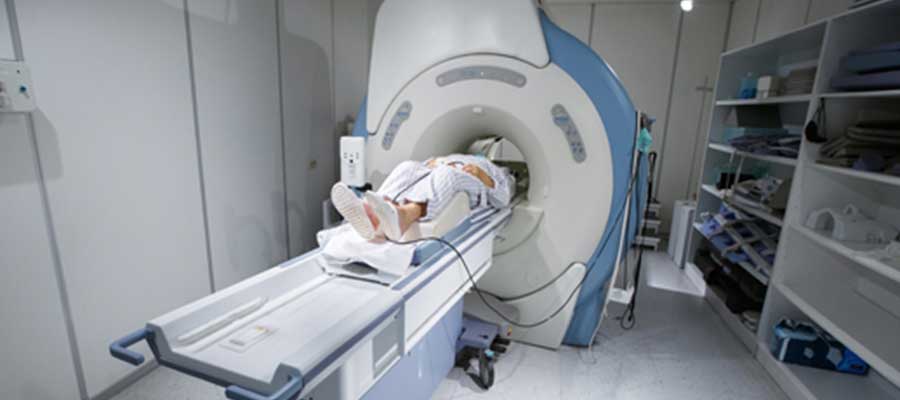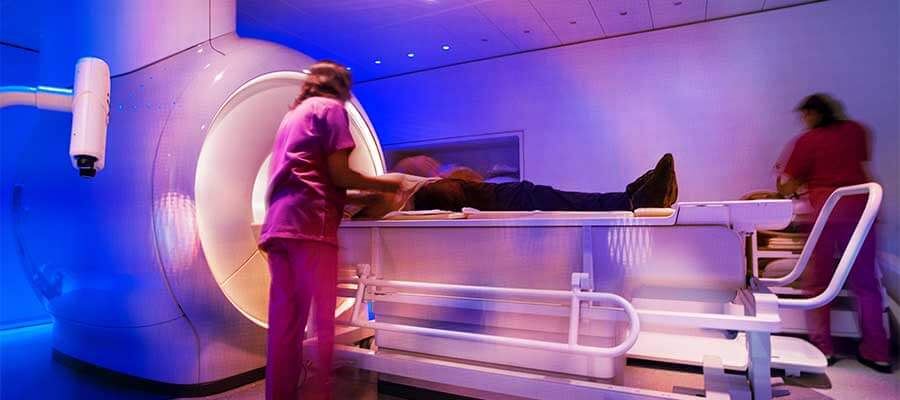MRI Tech Salary in High Springs
Know that in Alaska MRI Technologist’s Monthly Pay is over $5709! You can become an MRI Technologist today with Pulse Radiology Education’s Magnetic Resonance Imaging AAS in High Springs
Looking for information about MRI Tech Salary in High Springs? Although in the state of Vermont MRI Technologist’s Monthly Pay is over $6093 should not matter to you if you don’t have the training HR managers are looking for. Become an MRI Technologist today with Pulse Radiology Institute MRI program in High Springs.
The truth is that the demand for Student MRI Technologist is high. But like everything that goes up it will come down. That’s why today it the ideal time to become an Independent Contractor MRI Technologist. And if you don’t think so, take a look how many people searching DuckDuckGo for phrases like – how much do MRI technologist jobs pay per hour in High Springs? The latest study by ZipRecruiter assembled derived from salary estimates, histograms, trends and comparisons of third party data sources confirm our findings. One thing the report did not tell us is where did these MRI Techs get their certification.
For almost five years we have been the go to online MRI tech schools and to go-to website for those seeking info on MRI CE credits among other things because of our national coverage. If you are considering a rewarding career as a Certified MRI & CT Technologist you should to take into consideration Pulse Radiology Institute an MRI Tech School in High Springs. The info we provide is absolutely FREE, so get in touch today!
Get FREE Info on MRI Tech Programs in High Springs
Article Related to MRI Tech Salaries & Jobs in High Springs
Top MRI Technologist Salary in High Springs Searches
- MRI Associates in Nebraska
- MRI Tech Salary in Dania Beach
- MRI Associates in Passaic New Jersey
- MRI Tech Salary in Indian Harbour Beach Florida
- MRI Tech Salary in The Crossings
- MRI Associates in Seaford Delaware
- MRI Tech Salary in Massachusetts
- MRI Tech Salary in Goulds Florida
- MRI Associates in Yankton South Dakota



